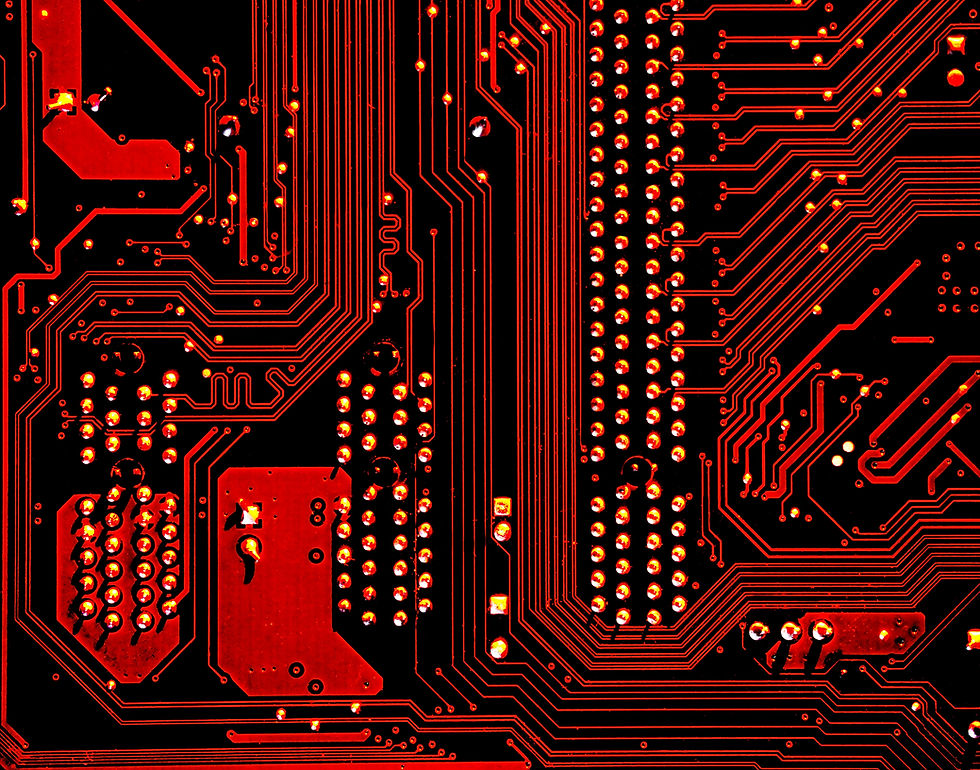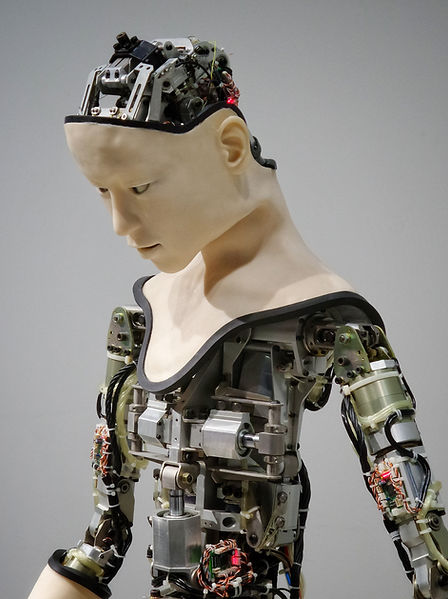
Robotics
A robot is a machine that can execute specific tasks with little or no human interaction.
Some of the pros are that it can make tasks easier and faster to do. It can also be used for things such as manufacturing and surgery.
Some of the cons are that it can be expensive and it can be difficult to learn. Robotics is a field that is growing rapidly and has many applications.

A basic, standard robot has a movable physical structure, some sort of motor, a sensor network, a power source, and a computer "brain" that manages all of these components.
Robots are essentially mechanical recreations of animal life; they are devices that imitate both human and animal behavior.
The robotics industry holds the promise of admirable progress that science fiction could only dream of.
From the deepest depths of the ocean to thousands of miles into space, robots perform tasks humans never even dreamed of doing alone.
Robots are a part of many aspects of industry, medicine, science, space exploration, construction, food packaging and are used to perform surgery.
A machine with artificial intelligence can perceive its surroundings and change its behavior accordingly, while using tools at its disposal to solve problems or achieve goals that it has been programmed to achieve.
When looking into robotics, it is important to consider the type of robot you are interested in, such as industrial robots used in manufacturing, medical robots used in healthcare, or domestic robots used in households.
You should also consider factors such as the robot's capabilities, programming and control systems, sensors, actuators, and power supply.
Other important aspects to consider include safety features, maintenance requirements, and cost. Ultimately, choosing the right robot will depend on the specific application and requirements of the task at hand.
Robotics are incredibly helpful in a wide range of industries and applications. From manufacturing and construction to healthcare and agriculture, robots are increasingly being used to perform tasks that are either too dangerous, time-consuming, or impossible for humans to do alone.
They can work tirelessly without breaks, make precise movements, and perform complex operations with ease. This makes them valuable tools for improving efficiency, productivity, and safety in various fields, and we can expect to see even more exciting advancements in robotics in the years to come.
Robotics has come a long way in recent years, and with advancements in technology, there are numerous industries where robotics have proven to be incredibly helpful.


Here are just a few areas where robotics are making a significant impact:
Manufacturing: Robotics has revolutionized the manufacturing industry by providing a more efficient and cost-effective way to assemble products. With robotics, companies can automate repetitive tasks, improve accuracy and speed, and reduce the risk of human error.
Healthcare: Robotics are helping to transform the healthcare industry in many ways. They can assist in surgical procedures, provide physical therapy, and help with patient care. With robotics, doctors and healthcare professionals can perform tasks with greater precision and accuracy, resulting in improved patient outcomes.
Agriculture: Robotics are increasingly being used in agriculture to improve crop yields and reduce costs. With the use of drones and autonomous tractors, farmers can monitor crops more efficiently, identify problem areas, and apply pesticides or fertilizers in a more targeted manner.
Transportation: Robotics is playing a critical role in the transportation industry. Self-driving cars are becoming increasingly common, and drones are being used for deliveries. Robotics is also used in warehouses and logistics centers to automate the movement of goods, resulting in greater efficiency and cost savings.
Space exploration: Robotics is instrumental in space exploration, where the use of robots and rovers has enabled scientists to explore distant planets and collect data that would be impossible for humans to obtain. Robotic missions are also helping to pave the way for future human exploration and colonization of other planets. These are just a few examples of where robotics is most helpful. With continued advancements in technology, we can expect to see robotics playing an increasingly important role in many other industries in the years to come.
One of the key advancements in robotics is the integration of artificial intelligence (AI).
AI allows robots to learn from their experiences, adapt to new situations, and make decisions based on complex data analysis. Machine learning and deep learning algorithms enable robots to recognize patterns, understand natural language, and interact with humans more effectively.
More areas:
Collaborative Robots (Cobots): Collaborative robots, or cobots, are designed to work alongside humans in a shared workspace. They are equipped with sensors and safety features that allow them to detect and respond to human presence, ensuring a safe working environment. Cobots are particularly useful in industries like manufacturing, where they can assist human workers in tasks that require strength, precision, or repetitive movements.
Exoskeletons: Exoskeleton robots are wearable devices that provide physical support and augmentation to the human body. These robotic suits can assist individuals with physical disabilities or injuries in regaining mobility and strength. Exoskeletons also find applications in industries such as construction and manufacturing, where they can reduce the risk of injuries and enhance the capabilities of workers.

